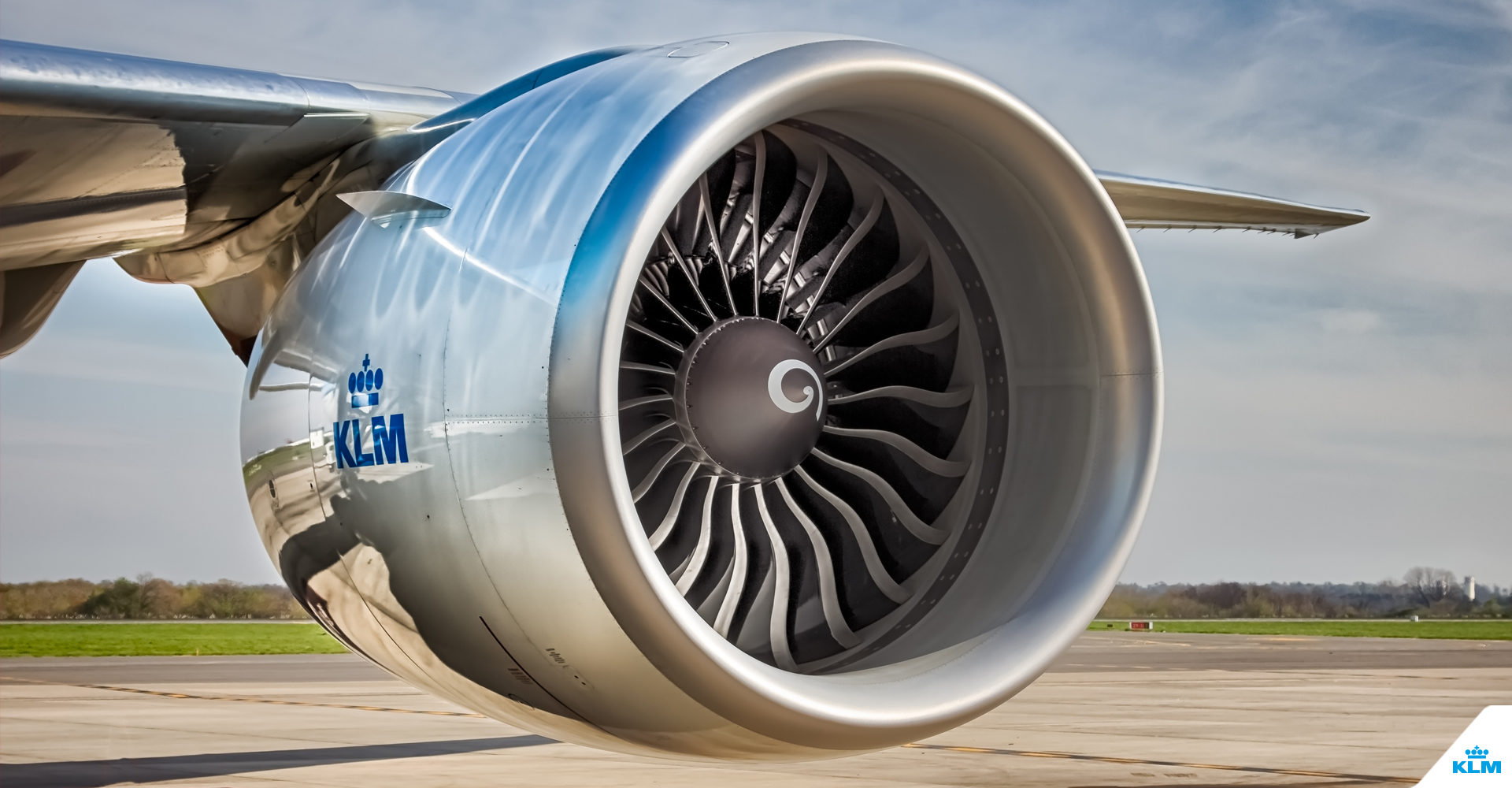SOURCE: RAUNAK KUNDE / NEWS BEAT / IDRW.ORG


India’s aerospace industry is on a path of rapid growth and technological advancement, with ambitious plans to establish itself as a key player in the global aviation sector. Dr Tessy Thomas, former Director General (aeronautics) of the Defense Research and Development Organisation (DRDO) and project director of the Agni IV and Agni V missiles, recently revealed an exciting development in the country’s aviation landscape.
Dr Thomas stated that India is diligently working towards developing indigenous capabilities to manufacture engines for commercial airliners. With scientists focused on the development of civilian aircraft engines, India aims to achieve this significant milestone within the next two decades. This endeavour is poised to revolutionize the Indian aviation sector and reduce dependence on foreign manufacturers for critical aviation components.
The National Aerospace Laboratories (NAL) in Bengaluru, India’s premier aerospace research institution, is spearheading the efforts in this direction. NAL is currently engaged in the development of Saras, a 90-seater civilian aircraft falling under the light transport aircraft category. Saras is a remarkable example of India’s technological prowess and its commitment to advancing domestic aviation capabilities.
Furthermore, the DRDO, in collaboration with a French joint venture, is also working on an aircraft engine. This engine is set to play a crucial role in powering India’s fifth-generation Advanced Medium Combat Aircraft (AMCA) fighter jet. The AMCA engine to be developed under a joint venture will have many spinoffs and the development of a Variant for Passenger jets is one of them.
Moreover, the high-bypass turbofan aircraft engine, based on this joint venture, is expected to power the Regional Transport Aircraft (RTA-90) that India aims to develop. The RTA-90 is designed to cater to short-haul flights within the country, serving as a vital component in India’s domestic aviation network. Additionally, this aircraft holds the potential to double as a transport aircraft for the Indian Air Force (IAF), further bolstering India’s aerial transport capabilities.
NOTE : Article cannot be reproduced without written permission of idrw.org in any form even for YouTube Videos to avoid Copy right strikes